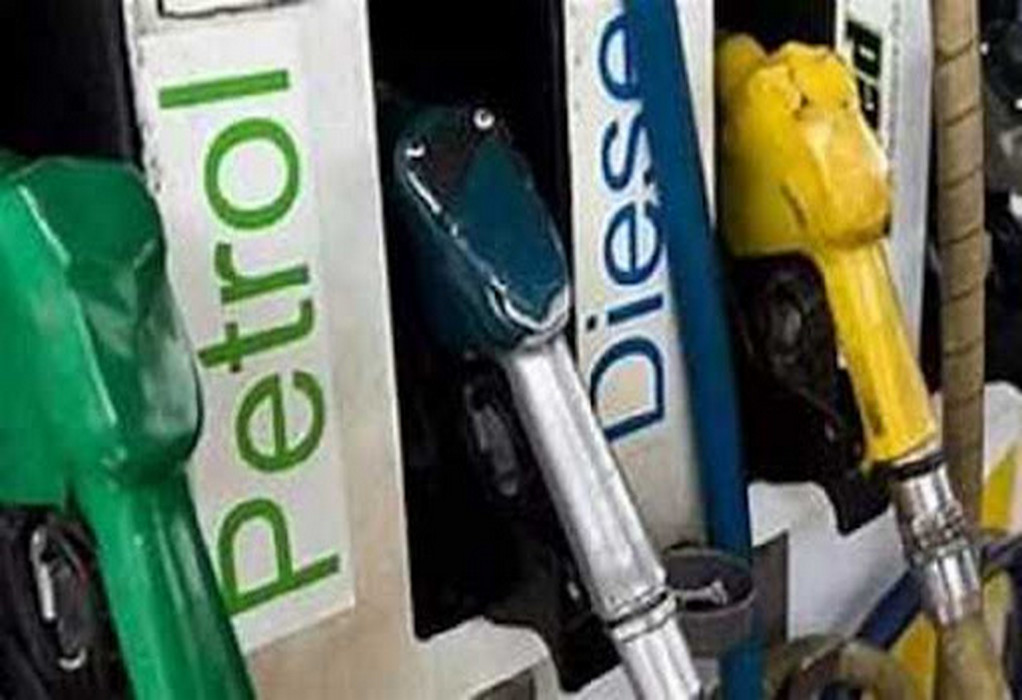India had set a goal of reducing its crude oil import by 10 per cent by 2022. The fulfilment of the goal will largely depend on the government’s ability to meet the recently revised target of blending 20 per cent ethanol in petrol (E20) by 2025 instead of the earlier deadline of 2030.
As things stand today, India is far from meeting the goal of 10 per cent oil import reduction, set in 2015. In fact, our crude oil imports have been increasing steadily, except for a brief lull during the lockdowns in 2020.
Prime Minister Narendra Modi’s June 5 (World Environment Day) announcement of 20 per cent ethanol blending in petrol (E20) by 2025 can indeed be a game-changer. At present, India blends about 8.5 per cent ethanol with petrol, which is way too less to bring about a significant reduction in the country’s oil imports.
The focus of ethanol production is fixated on sugarcane (molasses produced in sugar mills is a waste but a resource for making ethanol). But as India increases its ethanol manufacturing target, sugar mills may find it difficult to meet the surge in demand. Therefore, the country needs to identify other sources of biomass for ethanol generation to fulfil Prime Minister Narendra Modi’s dream of transforming India into an ‘energy-independent’ nation by 2047.
Three types of biomass
Biomass can be put into three categories: first (1G), second (2G) and third-generation (3G), based on the source of raw material used for bioethanol production.
First (1G) generation: Biofuels are produced from sugars, grains or seeds (often edible). Most well-known first generation biofuel is ethanol produced from fermenting sugars extracted from starch laden crops like sugarcane, sugar beet, corn etc.
Benefits: It is a well-developed technology, scalable production capabilities and cost competitive when compared with fossil fuels.
However, raw materials used for 1G bioethanol synthesis are food sources (corn and sugarcane) and over exploitation of these sources can threaten food security.
Second generation (2G): Biofuels produced from lignocellulosic biomass. Often includes either non-edible residues of food crop production (e.g. corn stalks or rice husks) or non-edible whole plant biomass (e.g. grasses or trees grown specifically for energy). These can be produced from feedstock grown on marginal arable croplands and/or using non-food crops and residues.
Benefits: Surplus feedstock supply, less controversial, less dependence on geographical location, suitable for developing agrarian countries with large population.
However, the capital cost is high and technological advancements are needed.
First and second generation biofuels have inherent limitations preventing them from becoming a long-term alternative to petroleum. Use of food based feedstocks, competition for scare cropland and fresh water, use of fertilizers, seasonality, and population rise are few of the many limitations that compel us to look for other sources of biomass.
Third generation (3G): Biofuels are made using non-arable land, based on integrated technologies that produce a feedstock as well as a fuel (or fuel precursor, such as pure vegetable oil), and require the destruction of biomass. These are similar to the 2nd generation fuels but use lot less resources in generating feedstock.
Source: https://thefederal.com/
Tags: Biomass, Blending, Ethanol, India, Petrol, PM Modi



Recent Posts
Greenlyte and MB Energy sign strategic e-methanol offtake agreement
CSDC and TECHNOLOG forge alliance to drive green, smart shipbuilding
DPA Kandla invites bids for India’s first port-based bio-methanol plant
Green & Digital Maritime Corridors Dialogue’ at JNPA sets stage for India Maritime Week 2025
Thermax partners with HydrogenPro for alkaline electrolyser systems in India
PIL Conducts First Simultaneous Cargo and LNG Bunkering in Singapore
NYK Takes Delivery of LNG-Fuelled Capesize Bulker SG Dawn
Swire Shipping joins Achilles Maritime Network to strengthen supply chain sustainability and compliance